Here is how off-site works: First, a shopper visits a retailer site but does not make a purchase.
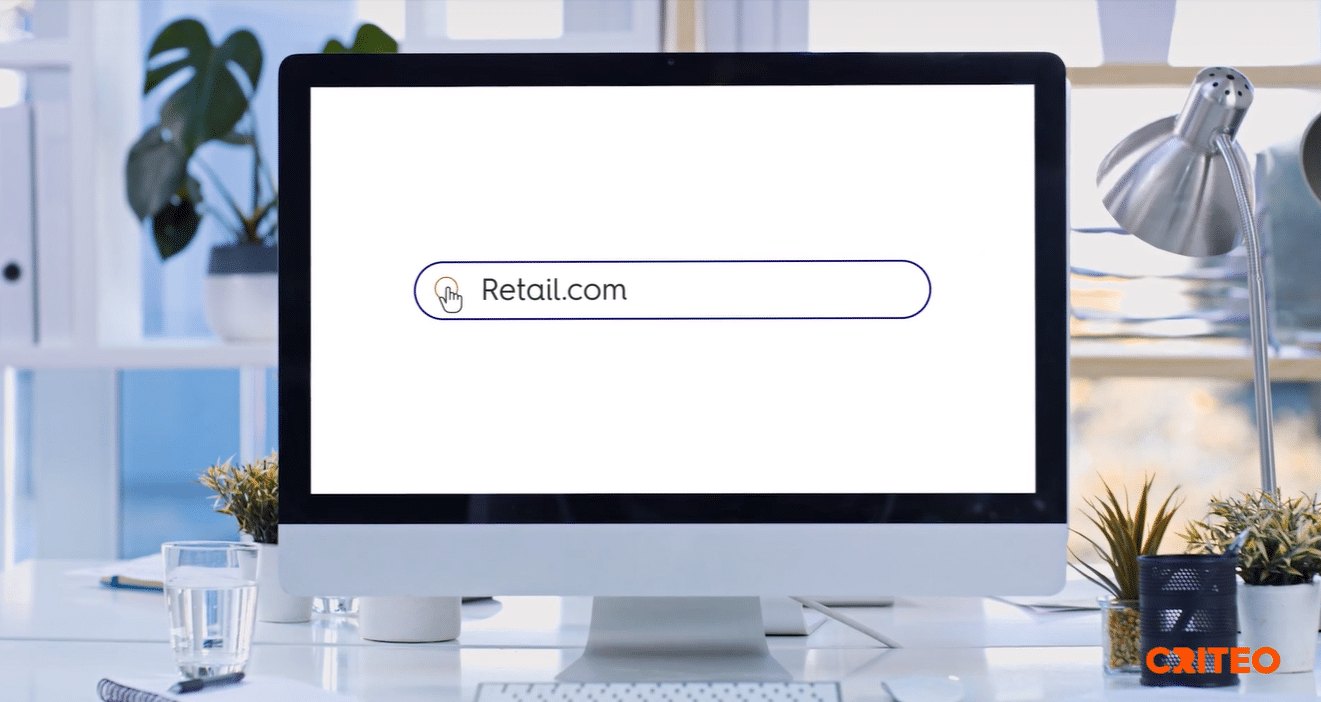
Retail Media empowers brands, agencies, and retailers to work better together to sell more products. In this guide, you’ll discover why now is the moment for retail media.
Retail media refers to the ads placed on a retailer’s ecommerce site or app by a brand in order to influence the customer at the point of purchase. This model enables brands to boost their visibility on the “digital shelf”, similar to an endcap or special in-aisle feature in a physical store.
Known as the third big wave of digital advertising (behind search and social), retail media gained traction due to the rise of ecommerce and the growing need for secure, brand-safe advertising environments. With consumers purchasing online more than ever, brands are turning to retail media on the open web for new ways to reach customers and retailers need ways to offset the cost of operating ecommerce.
2/3 of online product searches start on retailer sites
Retail media a future-proof strategy as it helps brands take advantage of retailers’ valuable first-party data as advertisers move toward a post-cookies world. Retailer first-party data is clean, reliable, and enables the kind of personalized advertising that customers will still want, even after third-party cookies go away.
Retail media is also the basis of its larger cousin, commerce media, which is being touted as the fourth wave of digital advertising. Commerce media takes the retail media model and expands it.
It includes a broad network of publishers across the open internet, in addition to retailers. And it enables non-retail and non-endemic advertisers, in addition to retail advertisers, to use commerce data and AI to more effectively engage audiences on those publishers and retailers. It also includes a wide range of formats and channels to meet full-funnel objectives, from video and CTV to contextual and sponsored product ads.
The what
Retail media networks are advertising platforms provided by retailers that enable advertisers to access and leverage first-party data and inventory for engaging with relevant audiences at the point of purchase.
Among the fastest growing ad-supported digital media channels, retail media networks are intricate to build and require building a proprietary network or working with a technology partner.
Just like in nature, where different entities must work together in order to maintain balance, the success of retail media requires the collaboration of its participants. The retail media ecosystem includes:
Retail media offers a wide variety of ad formats and sponsored content. Primarily, there are 3 ad types that exist in retail media
Sponsored products are ads that appear “natively,” or in line with organic search results. The only difference is the “Sponsored” tag listed under the product. Advertisers choose a product from the retailer catalog to promote, and a sponsored product is shown when a shopper searches using similar terms.
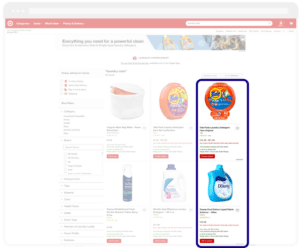
Because each retailer has different criteria to determine which terms are relevant for each product, the same search across different retailers may return different organic and sponsored search results.
Sponsored product solutions are:
This format mimics traditional digital display advertisements, using familiar ad formats on retailer pages instead of a publisher website.
Ad units can appear in a variety of different types across retailer sites. Below is an example of what a retailer page using this format might look like.
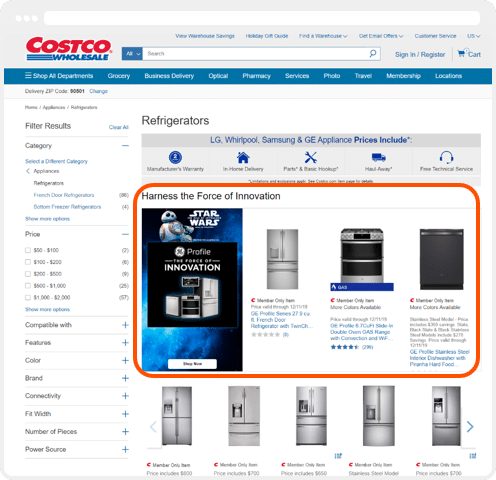
Ads can also serve in high visibility placements like a retailer’s homepage, or at the closest point to purchase – usually a product detail page.
On-site display solutions are:
Similarly to on-site sponsored content (sponsored products and on-site display), there is also a retail media solution that runs not on a retailer’s website, or “off-site”.
Off-site display (also known as off-site audience extension) is powered by the same retailer data as sponsored products and onsite display, targeting shoppers in the early stages of the purchase journey. Here’s how it works:
Here is how off-site works: First, a shopper visits a retailer site but does not make a purchase.

Later, while browsing a publisher site or the open web, they see an ad for the product they recently browsed.
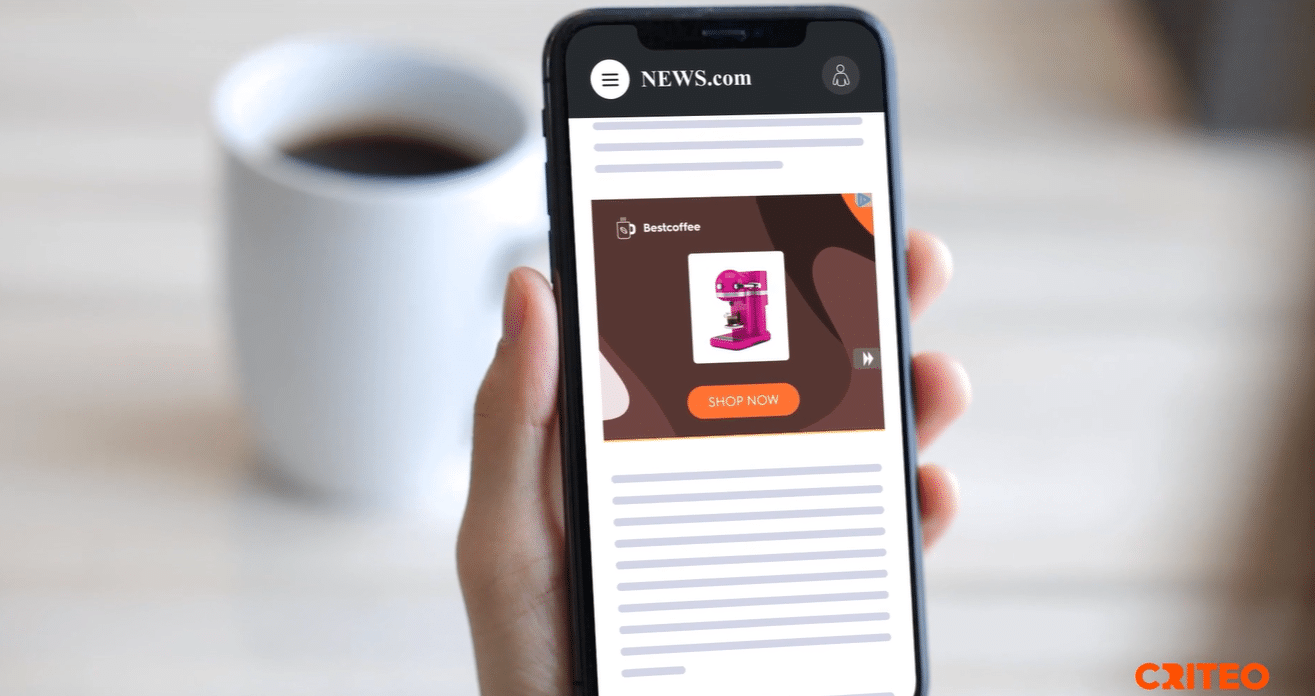
If they like the product and click on the ad, they will be brought back to the retailer’s page to purchase the product.
Sponsored off-site solutions are:
On-site Sponsored Products and On-site Display each have different objectives and target shoppers in different stages of the purchase funnel. We’ve measured excellent results when advertisers use these tactics in tandem.
We analyzed campaigns that featured both sponsored products and onsite display. Here is what we found:
Running a campaign using both On-site Sponsored Products and On-site Display is a great way to fast track your ecommerce strategy and set your brand up for success.
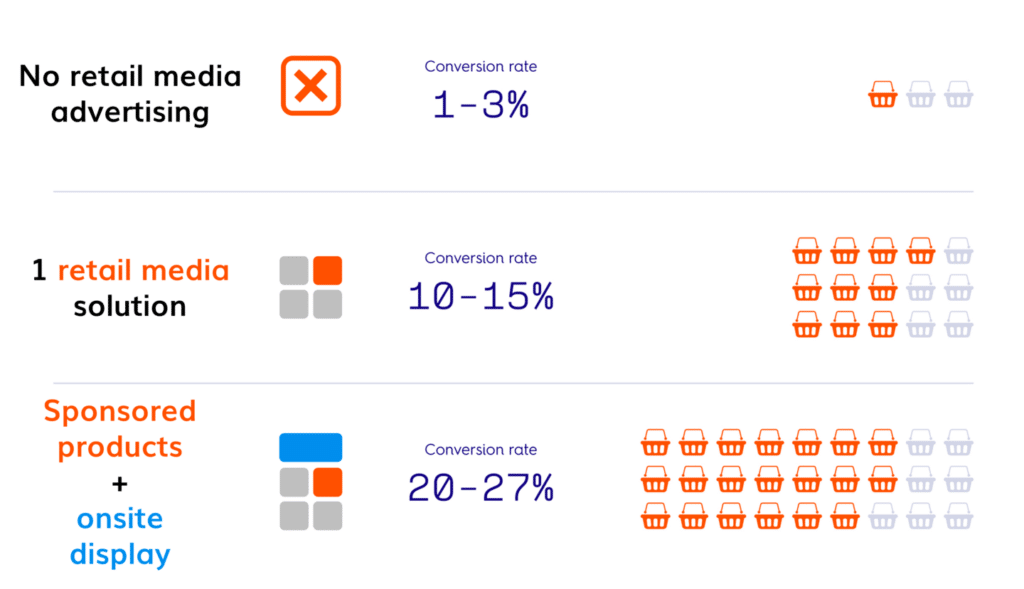
Every player in the retail media ecosystem benefits:
Retail media ads can be native ads or display ads. The native ads blend in seamlessly with the search results—they look like another product in the list—but have a small “sponsored” label at the bottom or top of the ad. The display ads allow for more impactful creative, blending branding messaging with dynamic, retail-specific features like real-time pricing.
Retail media ads can be shown on the home page, category page, search results page, or product detail page to reach consumers at various stages of their journey. Some retail media solutions also enable brands to retarget retailers’ audiences as they browse the open web.
Searching – Criteo Audience Extension
Target in-market shoppers across the web to drive product consideration and raise awareness.
| Journey Stage | In-Store Equivalent |
|---|---|
| ✓ Create the story ✓ Reach tactical audiences | ✓ Drive more ROI and revenue |
Considering – Criteo Commerce Display
Reach, influence and engage custom audiences with impactful, dynamic ad formats.
| Journey Stage | In-Store Equivalent |
|---|---|
| ✓ Connect with customers ✓ Engage strategic shoppers | ✓ Special in-aisle fixtures or displays |
Ready to Buy – Criteo Sponsored Products
Boost your sales and increase your share and visibility with native e-tail ads.
| Journey Stage | In-Store Equivalent |
|---|---|
| ✓ Close prospects ✓ Transform interest into purchase | ✓ Products featured within an endcap display |
Trends, strategies, perspectives, and more from our retail media experts.

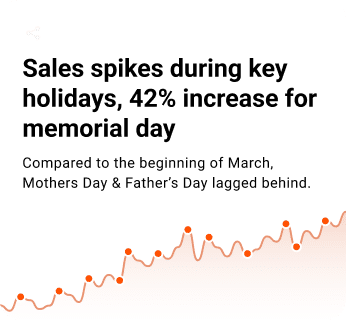
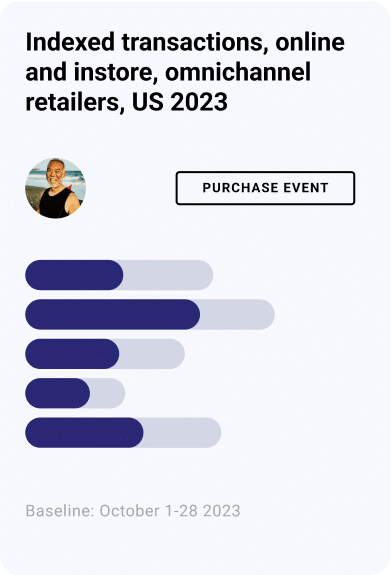
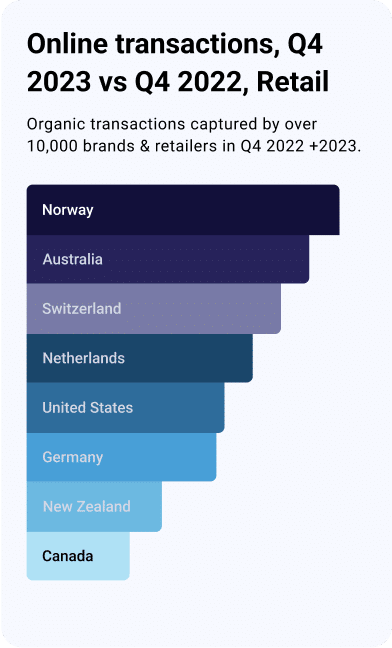
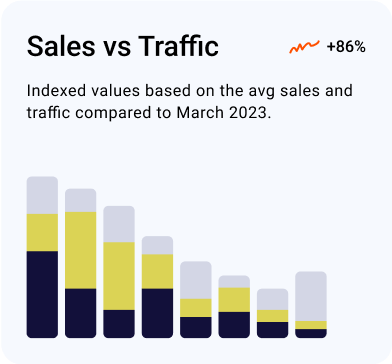
Data & Insights to Know and Share
